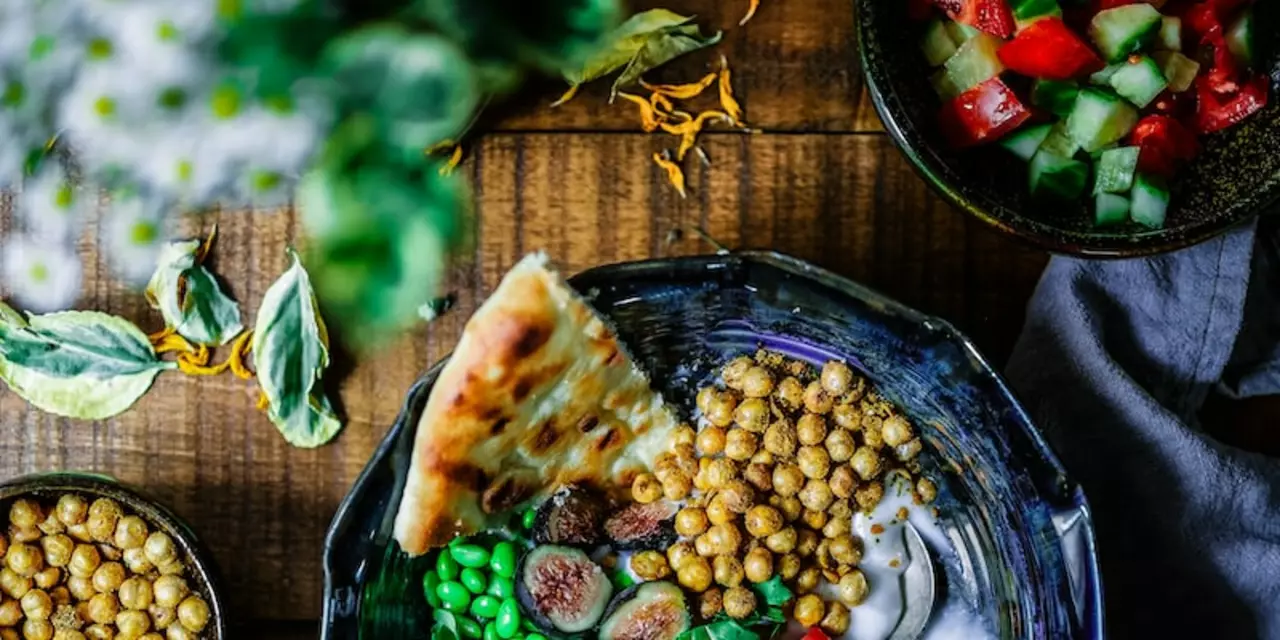Nutrition: Easy, Practical Tips for Busy Indians
Want to eat healthier but short on time or money? You don’t need a complicated plan. Small, steady changes to what you buy and how you cook will improve energy, mood, and health. Here are clear, usable tips you can try this week.
Daily habits that actually work
Start with a simple plate rule: half vegetables, one quarter whole grains, one quarter protein. Use your hand to estimate portions — a cupped hand for carbs, palm for protein, fist for veggies.
Prefer whole grains like brown rice, millets, or whole wheat chapati. They keep you full longer than white rice or refined flour. Swap sugar-heavy drinks for water or buttermilk. If you need flavor, add lemon, mint, or a pinch of salt to water.
Include plant proteins — lentils, chickpeas, peas, paneer — at least once a day. These are cheap, local, and easy to cook in a pressure cooker. Add one egg or a small fish once or twice a week if you eat non-veg.
Cook with healthier methods: steaming, grilling, sautéing in minimal oil instead of deep frying. Use mustard, rice bran, or sunflower oil sparingly; measure oil with a spoon rather than pouring straight from the bottle.
Snack smart: roasted chana, a handful of peanuts, fruit, or a small bowl of curd with cucumber. Avoid packaged snacks that list sugar, palm oil, or trans fats high on the label.
Smart shopping and simple cooking
Buy seasonal produce — it costs less and tastes better. Frozen vegetables are a good backup; they keep nutrients and save time. Plan two to three basic meals for the week and reuse ingredients. For example, cooked lentils become dal, stuffed parathas, or a lentil salad.
Batch-cook staples like boiled eggs, cooked chickpeas, or a big pot of dal. Store in the fridge so you can assemble meals in minutes. A pressure cooker or instant pot saves time and fuel.
Read labels: check salt and sugar per serving. If a product has long ingredient lists with chemical names you don’t recognize, skip it. Choose plain yoghurt over flavored ones and add fruit or honey yourself.
Make eating a family habit. Children copy adults — serve a variety of vegetables and new tastes slowly so they accept them. For older adults, focus on protein, fiber, and hydration. Keep food textures soft and season lightly to protect appetite.
Small swaps add up: replace sugary cereal with poha or upma, use dal-chaawal with lots of veggies, choose fruit chaat over sweets after meals. Don’t aim for perfection; aim for better choices more often.
If you want one rule to follow this week: add one vegetable to every meal and drink one extra glass of water daily. That simple change will make you feel different in days, and healthier in weeks.

What are some of the healthiest South Indian breakfasts?
South Indian breakfasts are healthy and delicious. They are a great way to start your day with a balanced meal. Popular South Indian breakfast options include idli, dosa, upma, pongal, uttapam, and vada. These dishes are typically made with rice, lentils, vegetables, and spices. They are also nutrient-rich and low in calories, making them a great way to fuel your day.
Healthy South Indian Breakfasts



